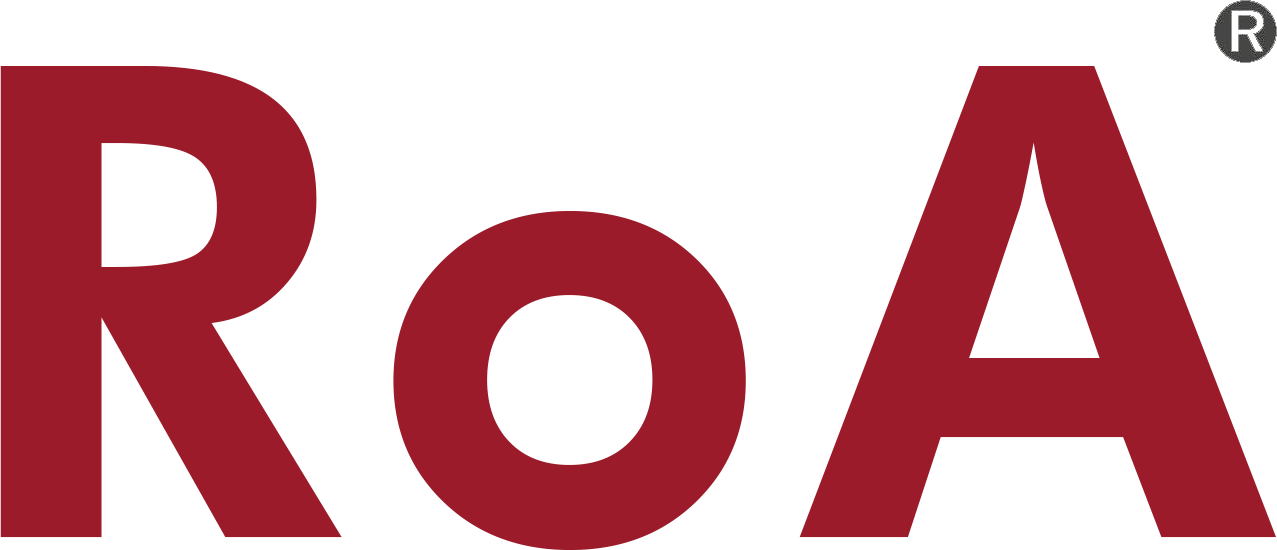The PASSIV HOUSE
For us, a sustainable, future orientated Passivhaus to consider the following aspects:
- Energy supply of the buildings at 100% from re- newable energies, which are preferably produced where they are required:
Use of only ecological harmless building materials
No use of insulation materials, which contain HBCD (Hexabromcyclododecan)
Use of regrowing building materials
Usage of recyclable building materials
Environmentally appropriate water management
Water is becoming more and more valuable. Many countries do not have enough clean drinking water already. Rainwater- and graywater use is indispen sable to save the valuable drinking water resources.
A Passivhaus has to satisfy aesthetical requirements too. Otherwise, „Nearly Zero Energy Buildings“ will
contribute to a loss of building culture.In addition, the energy storage has an increasing role and should already be considered at new buildings.
Advantages...
The offers a comfortable living climate via permanent fresh air supply, preheated by ground collectors and purified by air and dust filter. Because of that, the CO2 concentration in a Passivhaus is extremely low and a comfortable climate predominates all-season. Thanks to the decreased difference in temperature between room air and the surface of the building components a high living comfort arises. Cold draughts belong to the past. In a Passivhaus heat losses based on heat transmission and uncontrolled ventilation are minimized.
Passivhaus requirements
Heat energy demand ≤15 kWh/m²a or heat load ≤10 W/m²
Cool energy demand ≤15 kWh/m²a
Primary energy demand ≤120 kWh/m²a
Extremely low heat transfer on the basis of low U-values:
For opaque building envelope components: ≤0.15 W/m²K,
For transparent building envelope components (e.g. windows: ≤0.85 W/m²K)
Thermal bridge free completion
Extremely low infiltration heat losses will be achieved by high airtightness of the building shell (n50 ≤0.6 h-1)
ventilation system with heat recovery of at least 75%
Energy demand of the ventilation system of ≤ 0.45 Wh/m³
Besides the comfort arguments, also economic ones are crucial for the decision for a Passivhaus. Therefore, a Passivhaus causes only very low energy costs combined with low operation- and maintenance costs.
Meanwhile, after 26 years Passivhaus experiences, all Passivhaus components are serial products. Therefore, the addition investment costs compared to a standard building are hardly measurable and amortize in a very short time.

